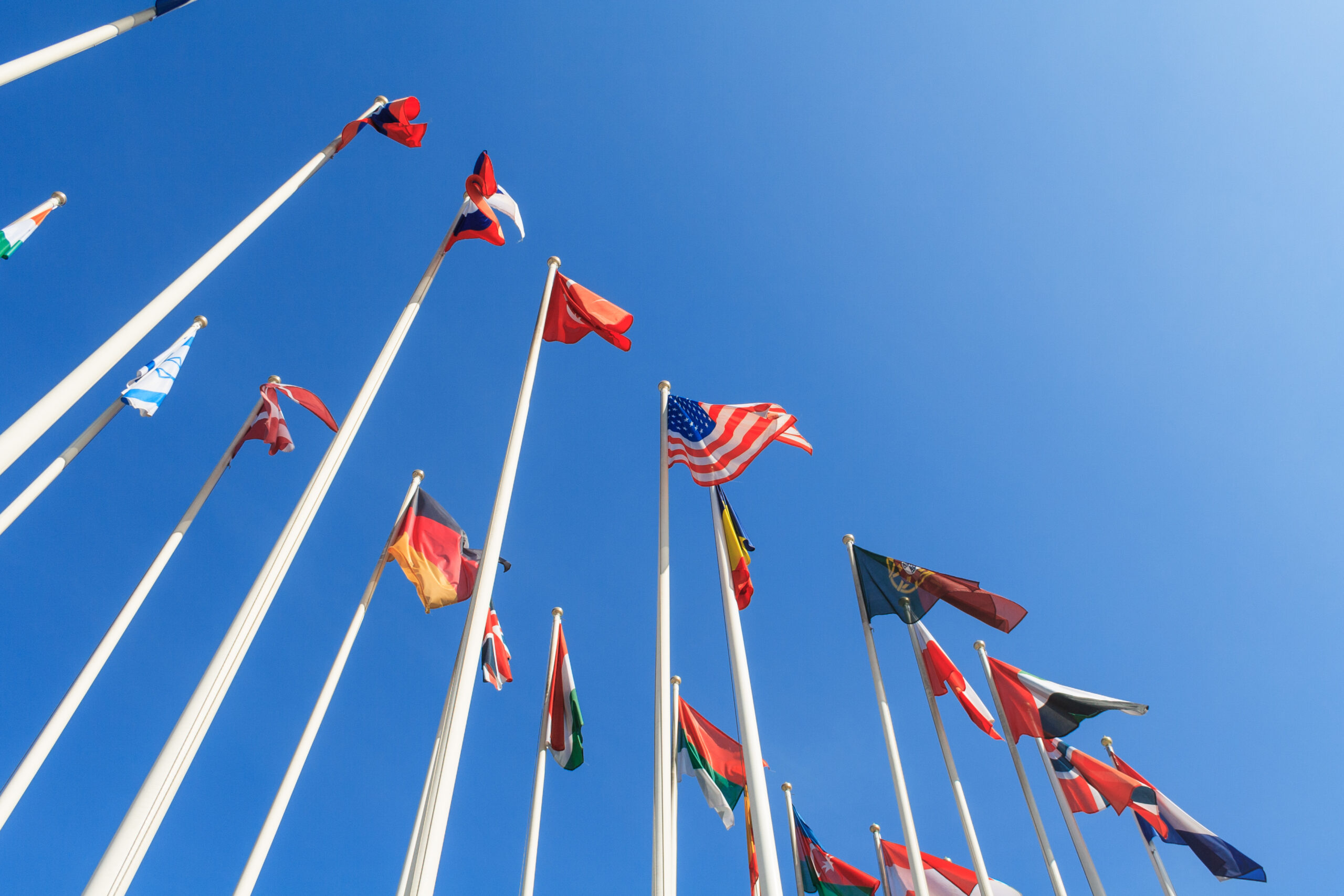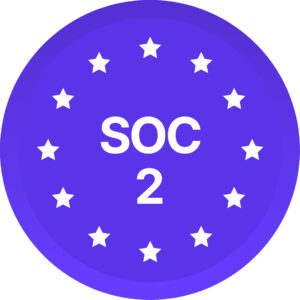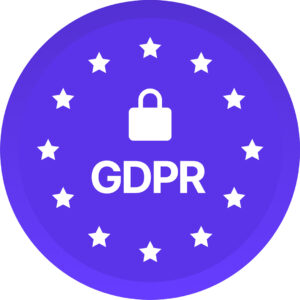Employment equity and anti-harassment compliance have become critical challenges for organizations of all sizes. With penalties for certain violations now exceeding $100 million and even minor oversights potentially leading to six-figure fines, the financial stakes have never been higher.
But the impact extends far beyond direct legal penalties. Organizations failing to prioritize workplace equity face significant business consequences, including:
- Talent acquisition and retention challenges
- Reduced employee engagement and productivity (Reuters)
- Reputation damage affecting consumer trust
- Increased scrutiny from ESG-focused investors
Let’s examine the current regulatory environment and how data-driven approaches can protect your organization while building more inclusive workplaces.
The complex web of employment equity regulations
Employment equity and diversity regulations in the United States form an intricate patchwork of federal, state, and local laws. For HR leaders and compliance officers, staying ahead of these changes isn’t merely about checking regulatory boxes, it’s about protecting your company from substantial financial and reputational damage.
Federal regulations with significant financial impact
Several federal laws create the foundation for workplace equity requirements:
Title VII of the Civil Rights Act (1964) — EEOC
- Prohibits discrimination based on race, color, religion, sex, and national origin
- Applies to private employers with 15+ employees
- Penalties can reach $300,000 per victim, with class-action settlements frequently reaching tens of millions
Equal Pay Act (1963) — EEOC
- Requires equal pay for equal work regardless of gender
- Applies to employers of all sizes
- Violations can result in back pay, double damages, and legal fees
- Example: Sterling Jewelers settled a $175 million lawsuit over pay discrimination (NY Times)
Americans with Disabilities Act (1990) — ADA
- Prohibits discrimination against individuals with disabilities
- First-offense fines can exceed $75,000, with subsequent violations reaching $150,000
- Example: Wells Fargo paid $16 million to settle discriminatory hiring practice claims (EEOC Newsroom)
State-level complexity
While federal laws provide baseline protections, many states impose stricter requirements:
Paid family leave
- California, New York, Washington, and Massachusetts provide paid family leave programs exceeding federal requirements (U.S. Department of Labor)
Pay transparency laws
- Colorado, California, New York, and Washington require salary range disclosure
- Penalties range from $500 to $10,000 per violation
Domestic violence leave
- Illinois, Massachusetts, and several other states mandate leave for domestic violence survivors
- No federal equivalent exists, creating additional compliance requirements
Financial risk heat map: Where are you most vulnerable?
Understanding which violations carry the highest financial risk can help prioritize compliance efforts:
🔴 Highest risk: Multi-million dollar penalties
Discrimination lawsuits
- EEOC fines up to $300,000 per victim
- Class-action lawsuits often exceed $1 million
- Example: Tesla faced a $137 million racial discrimination verdict (NY Times)
Family & medical leave violations
- Violations can lead to double damages
- Example: Verizon was sued for over $10 million for FMLA violations
🟠 Medium risk: Six-figure penalties
Pregnancy leave discrimination
- EEOC fines up to $300,000 per violation
- Example: Walmart settled for $14 million over pregnancy discrimination claims (EEOC Newsroom)
Pay transparency violations
- California imposes fines up to $10,000 per violation
- Cumulative fines quickly reach six figures for businesses with multiple job postings
🟡 Lower risk: Fines under $100,000
- New hire reporting failures: ($25–$25,000 per violation)
- Missing workplace posters: ($500–$41,418 per violation)
- Lactation accommodation violations: ($10,000 or less per violation)
Regulatory uncertainty: What you need to know
Recent executive orders have significantly altered the landscape of employment equity regulations:
- New Executive Orders:
- EO 14151 mandates cessation of DEI initiatives within federal agencies
- EO 14173 revokes prior anti-discrimination contract clauses
- State vs. federal conflicts: Organizations must comply with stricter state laws despite federal rollbacks
- Legal risks: With ongoing court challenges, enforceability remains in question
- New contractor documentation: Certification requirements for companies doing business with the federal government
- Key takeaway: Compliance is no longer static. It requires constant monitoring and proactive adaptation.
Beyond compliance: Why workplace equity matters
Legal compliance is just one side of the story. Organizations ignoring equity and inclusion face serious business consequences.
Talent attraction and retention
- 74% of candidates evaluate workplace diversity when considering job offers (Glassdoor)
- Companies with strong equity programs attract 50% more qualified applicants
- 76% of employees say diversity is important when choosing where to work
Employee engagement and performance
- Inclusive workplaces report 58% higher employee engagement scores
- Companies with diverse workforces are 35% more likely to outperform competitors (McKinsey, 2023)
- Teams with representation make better decisions 87% of the time
Investor pressure and public trust
- 59% of consumers say social responsibility influences purchase decisions
- Companies facing discrimination lawsuits experience an average 3.7% stock price drop
- ESG-focused investing now represents $35 trillion in assets under management globally
Diversio’s role in compliance and inclusion
- Data-driven compliance audits → Cost savings
Organizations that proactively identify compliance risks reduce litigation costs by up to 40%. Our proprietary assessment methodology uncovers potential gaps and helps prioritize remediation based on financial exposure.
- Data → Inclusion → Retention
Diversio analyzes workplace demographic and inclusion data—across gender, ethnicity, disability status, and more—to reveal patterns tied to compliance risk. By proactively analyzing workplace data, compliance becomes a meaningful driver of culture and belonging.
- Automated compliance reporting → Efficiency gains
Automation cuts HR compliance workload by 30+ hours per month, freeing resources for strategic initiatives. Our tools generate documentation that meets federal and state requirements, streamlining reporting across multiple jurisdictions.
- Continuous monitoring & risk alerts → Preventative protection
We track regulatory changes across all 50 states and beyond, delivering timely alerts about new requirements. Companies that act on these insights proactively reduce regulatory penalties by 75%.
- Impact measurement
Quantify the business impact of your compliance and inclusion initiatives with metrics tied to recruitment, employee engagement, productivity, and risk reduction.
- Compliance → Trust → Engagement
Employment equity isn’t just about avoiding fines. It helps build cultures where employees feel safe, valued, and engaged—leading to 58% higher engagement and 35% better performance.
Taking proactive action
The financial and reputational costs of non-compliance far outweigh the investment required to align with employment equity and anti-harassment laws. Organizations that take a proactive, data-driven approach avoid legal risk while gaining long-term business value.
As regulations continue to shift, having a partner who understands the compliance landscape is essential. Diversio provides the expertise, technology, and support needed to navigate compliance challenges effectively while building more inclusive workplaces that drive business success.
Ready to assess your risk? Contact our team to learn how Diversio can support your organization’s compliance and inclusion objectives.
Importantly, this blog article should not replace legal advice. Diversio’s knowledge resource library is intended for educational purposes only and should replace a lawyer’s guidance. Readers should consult legal counsel if they have concerns regarding their DEI programs. Diversio can support clients through this process.










